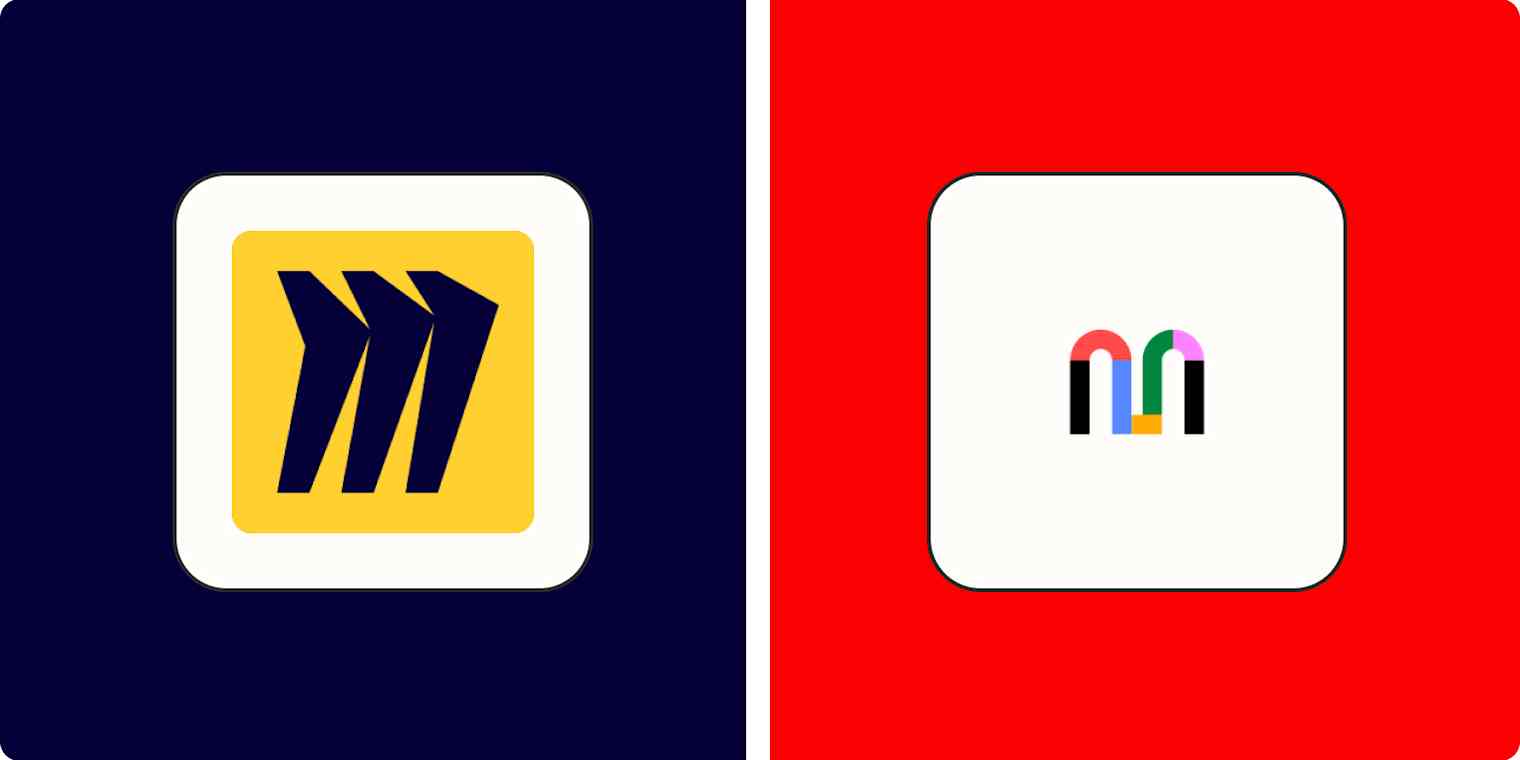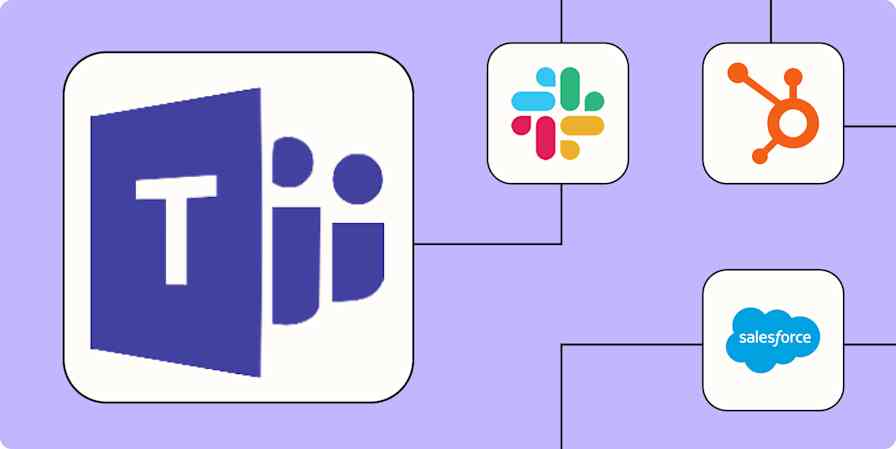App comparisons
5 min readMiro vs. Mural: Which should you use?
By Amy Blasco · January 10, 2024

Get productivity tips delivered straight to your inbox
We’ll email you 1-3 times per week—and never share your information.
Related articles
Improve your productivity automatically. Use Zapier to get your apps working together.







